Coflex® is implanted through a small incision, reducing recovery time and minimizing scarring.
Managing chronic back or leg pain can be overwhelming and frustrating, especially when the pain is severe. This discomfort is often caused by lumbar spinal stenosis (LSS), a condition where the spaces within your spine narrow, putting pressure on the surrounding nerves. As we age, this narrowing can naturally occur and may worsen over time. If you or a loved one has been diagnosed with LSS, you’re not alone. Fortunately, there are many treatment options available to help alleviate your symptoms and improve your quality of life.
The Coflex® device offers an alternative to spinal fusion for certain patients with lumbar spinal stenosis.
Coflex® is a revolutionary, minimally invasive implant designed to provide lasting relief for patients suffering from lumbar spinal stenosis. This small, titanium device is placed between two vertebrae in the lower back, offering a stable yet flexible solution to maintain spinal stability while relieving pressure on the nerves. Unlike traditional spinal fusion, Coflex® allows for natural movement and reduces the need for more invasive surgical procedures.
Spinal stenosis occurs when the spinal canal narrows, leading to compression of the nerves and causing pain, numbness, or weakness in the legs. After surgical decompression, which relieves pressure on the compressed nerves, your spine surgeon will insert the Coflex® device through the same small incision. This device is positioned on the lamina, the strongest bone in the back of your spine. The Coflex® device is uniquely designed to maintain spinal stability after decompression while preserving natural movement in the treated area. If you suffer from leg and/or back pain due to spinal stenosis, you may be a candidate for the Coflex® device.
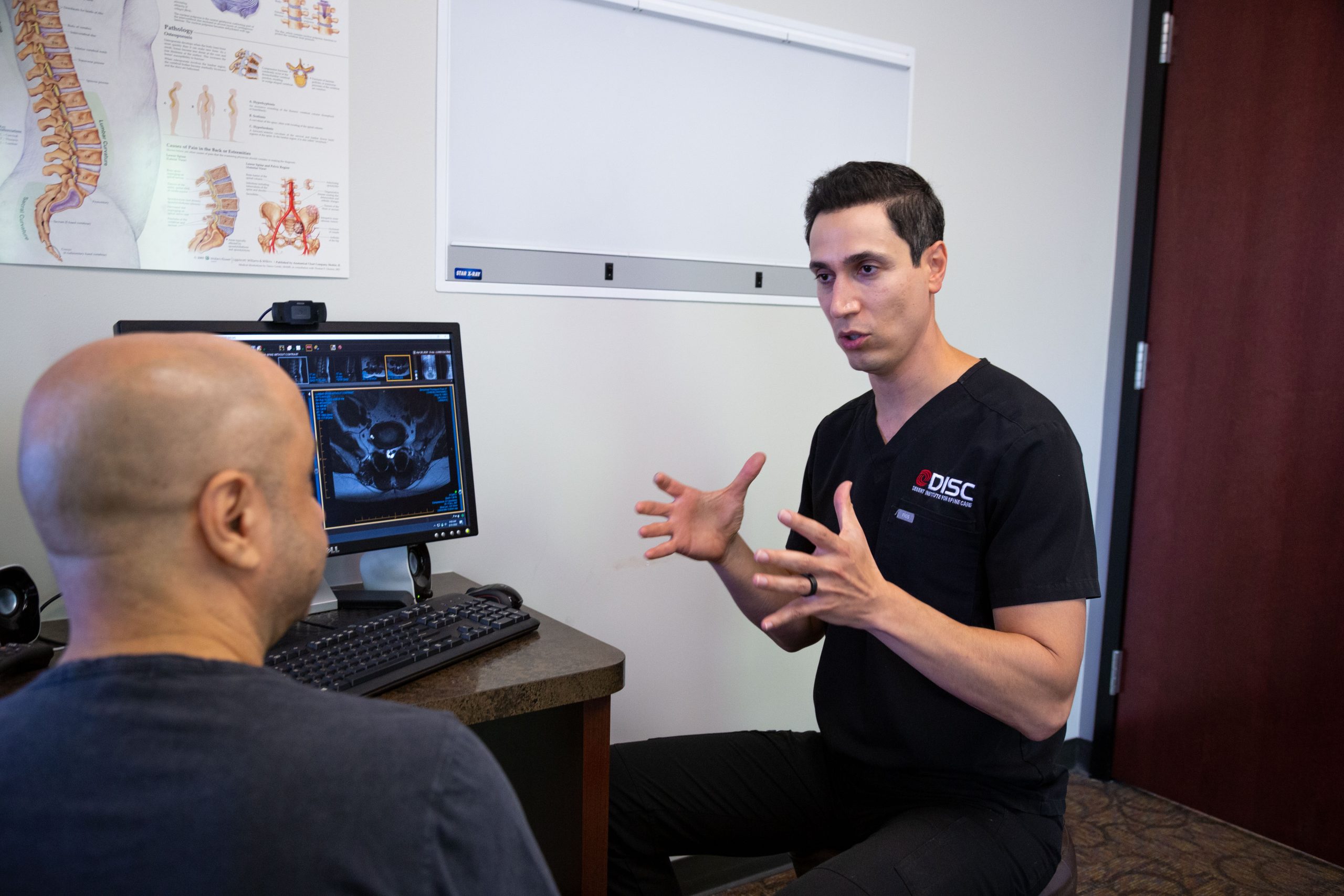
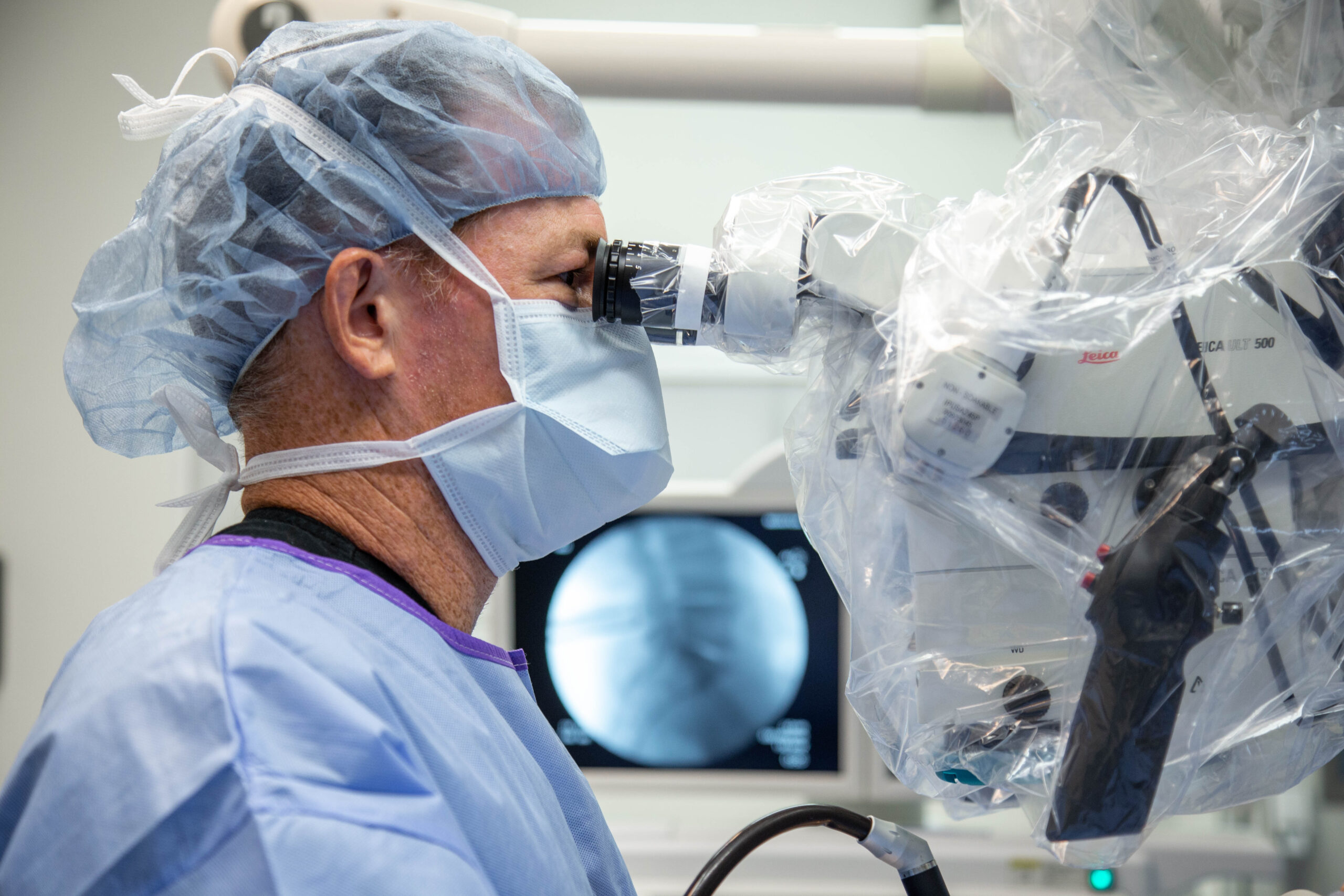
Coflex® is implanted through a small incision, reducing recovery time and minimizing scarring.
Unlike spinal fusion, which restricts movement, Coflex® allows for a full range of motion in the treated area, maintaining the spine’s natural biomechanics.
Patients typically experience quicker recovery times and less postoperative pain compared to traditional spinal fusion.
Coflex® provides long-term relief and reduces the likelihood of needing additional surgeries in the future.
Coflex® is ideal for patients who have moderate to severe lumbar spinal stenosis and are seeking an alternative to spinal fusion. It is particularly beneficial for those who want to maintain their spinal mobility and avoid the longer recovery associated with more invasive surgeries.
Your spine specialist will evaluate your specific condition and medical history to determine if the Coflex® device is an appropriate treatment option for you.
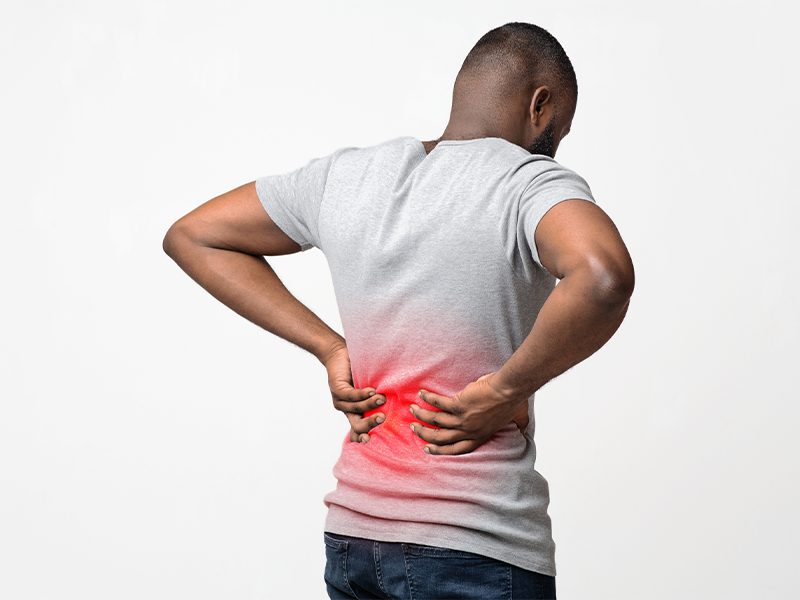
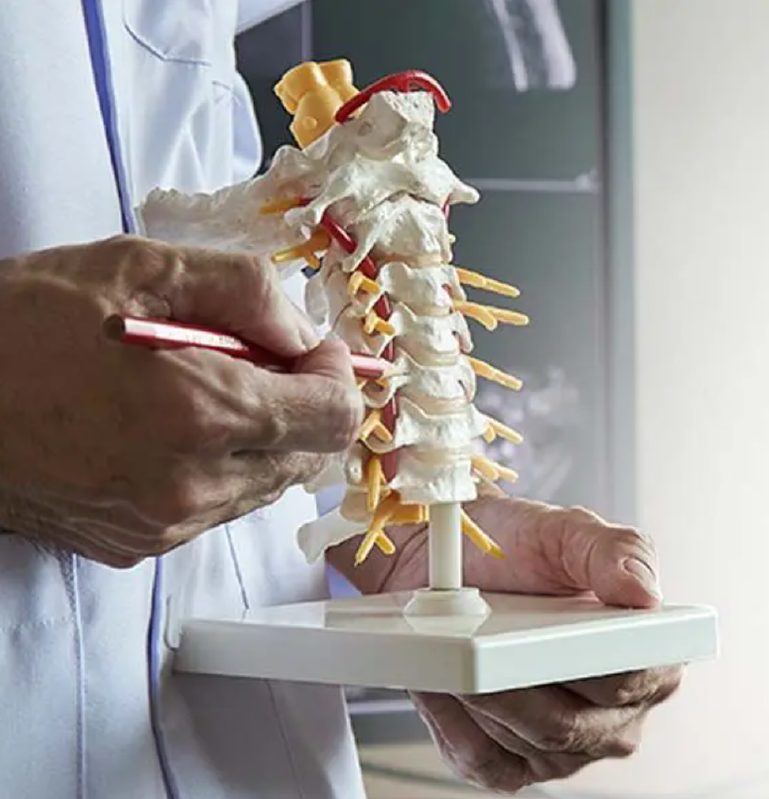

During Coflex® surgery, which is performed under general anesthesia, a small incision is made in your lower back to access the spine. The surgeon first performs a decompression procedure to relieve pressure on the spinal nerves by removing or trimming bone and ligaments. The Coflex® device is then inserted and positioned on the lamina, the strongest bone in the back of your spine, to stabilize the area while preserving natural movement. The entire procedure typically takes about 60-90 minutes. Once the procedure is complete, the incision is closed with sutures or staples, and a sterile bandage is applied.
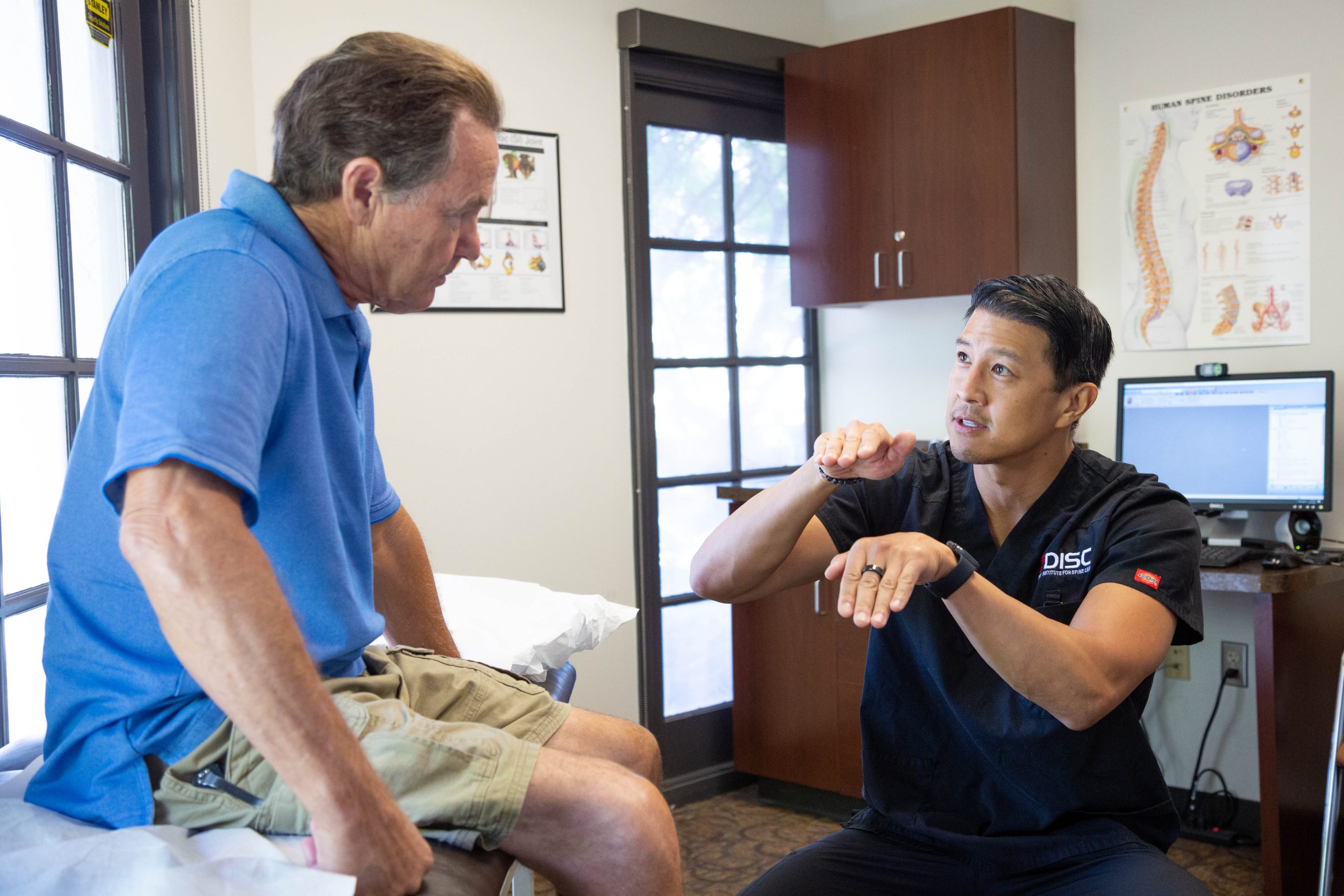
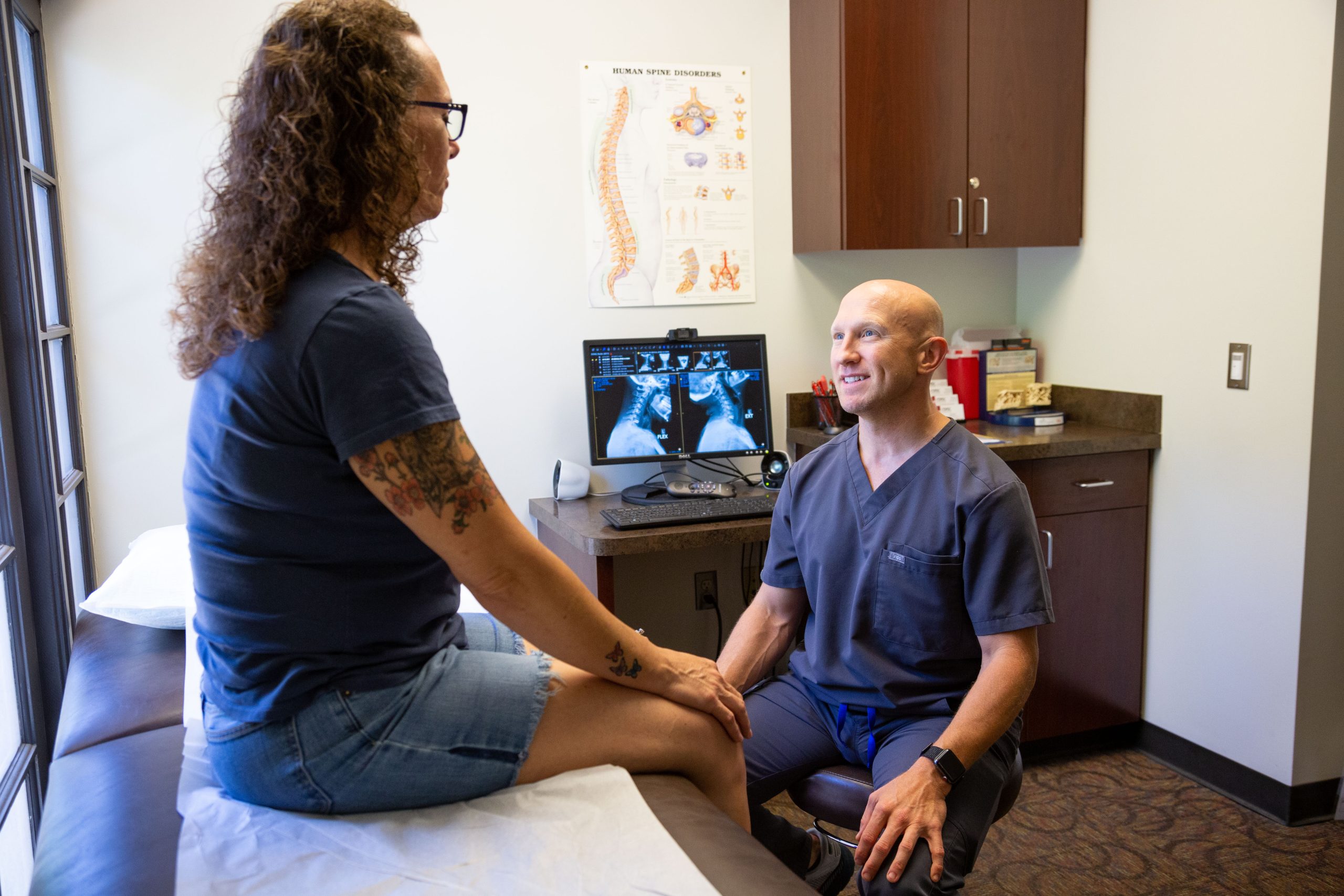
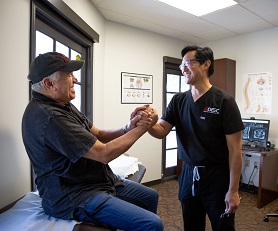
Physical therapy typically begins within a few weeks after surgery, focusing on strengthening your back muscles, improving flexibility, and gradually increasing your activity level. Adhering to your physical therapy program is crucial for a successful recovery. Regular follow-up appointments with your surgeon will be scheduled to monitor your healing progress and address any concerns. Imaging tests may be done during these visits to ensure the Coflex® device is properly positioned and functioning as intended. Most patients experience significant improvement in pain and mobility within a few weeks to months after surgery. It’s important to follow all postoperative guidelines and attend all follow-up appointments to ensure the best outcome.
Coflex® has been shown to provide lasting relief from the symptoms of spinal stenosis, with many patients experiencing significant improvement in their quality of life. Clinical studies demonstrate that Coflex® is as effective as spinal fusion, with the added benefits of preserving motion and offering a quicker, less painful recovery. Key outcomes include:
These outcomes highlight the effectiveness of Coflex® as a long-term treatment option for patients with lumbar spinal stenosis, particularly those who seek to maintain spinal mobility while achieving significant pain relief.
Choosing the Desert Institute for Spine Care (DISC) for your Coflex® surgery ensures you receive expert care from a team experienced in treating lumbar spinal stenosis and performing Coflex® procedures. DISC offers personalized treatment plans, state-of-the-art technology, and minimally invasive techniques that lead to quicker recovery and less pain. From your initial consultation to postoperative care, their multidisciplinary team provides comprehensive support and emphasizes patient education, helping you make informed decisions. DISC’s high patient satisfaction and proven success with Coflex® surgeries reflect their commitment to advanced, compassionate care in a comfortable, well-equipped facility.Take the first step towards relief from spinal stenosis. Contact us today to schedule a consultation and learn more about how Coflex® can help you regain your mobility and quality of life.

At DISC, our professionals constantly support our patients, walking alongside them every step of the way and helping them enjoy life again. We are proud to serve communities across Arizona.
If you or a loved one are interested in TLIF with DISC, reach out to us today for a consultation. We look forward to guiding you on the path to long-term back health.